

Lhasa
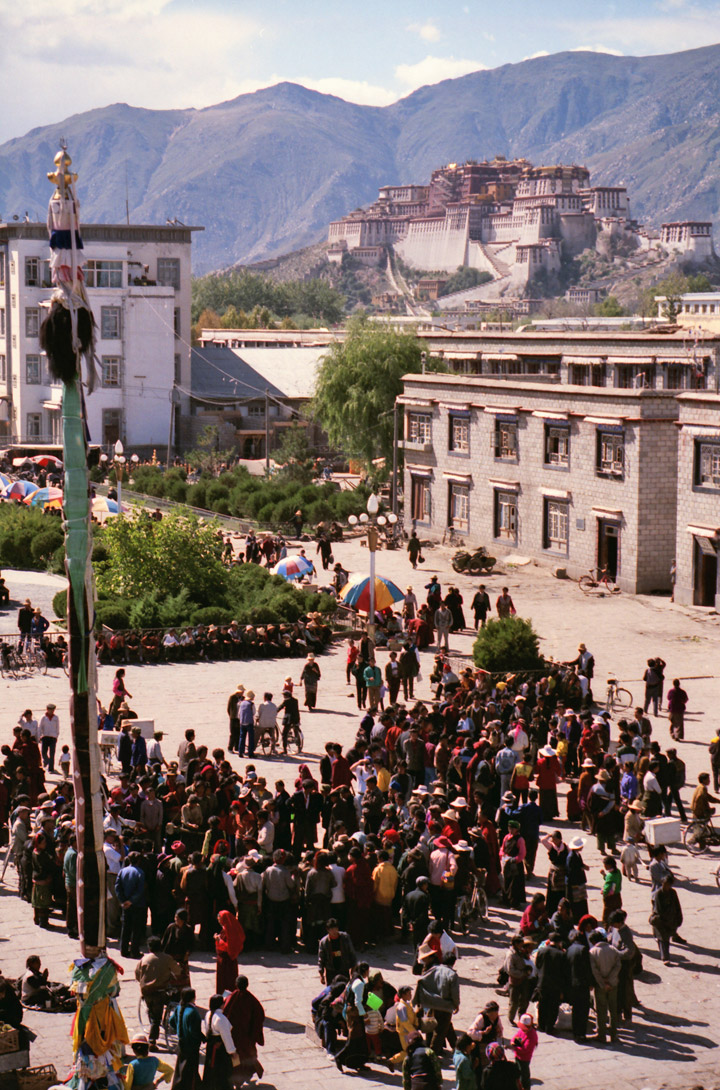
Lhasa
Lhasa, sometimes spelled Lasa, is the administrative capital of the Tibet Autonomous Region in the People's Republic of China. Lhasa is located at the foot of Mount Gephel.
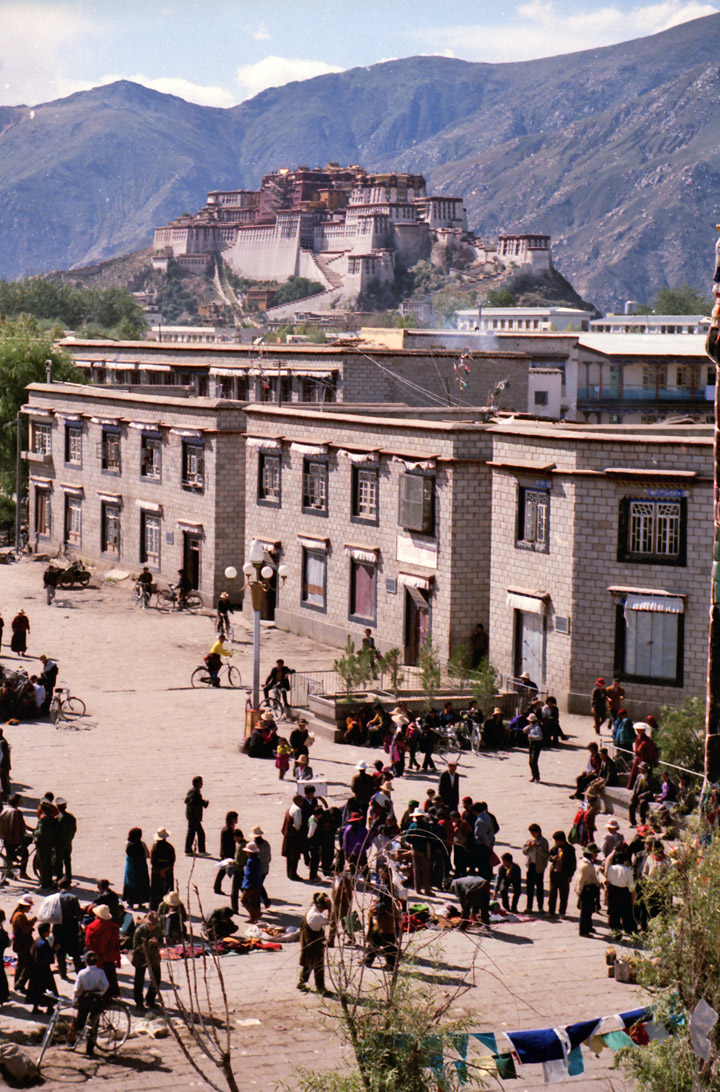
Traditionally, the city is the seat of the Dalai Lama and the capital of Tibet.
It is the location of the Potala and Norbulingka palaces (both are included in a
World Heritage Site), and in Tibetan Buddhism is regarded as the holiest centre
in Tibet. The city is home to 257,400 people as of the 2004 census estimate.
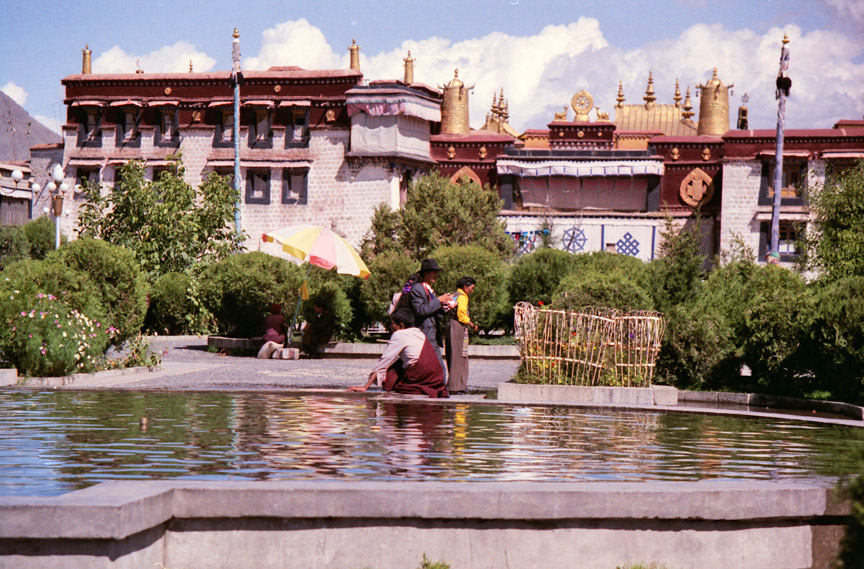
Lhasa literally means "place of the gods", although ancient Tibetan documents
and inscriptions demonstrate that the place was called Rasa, which means "goat's
place", until the early 7th century.
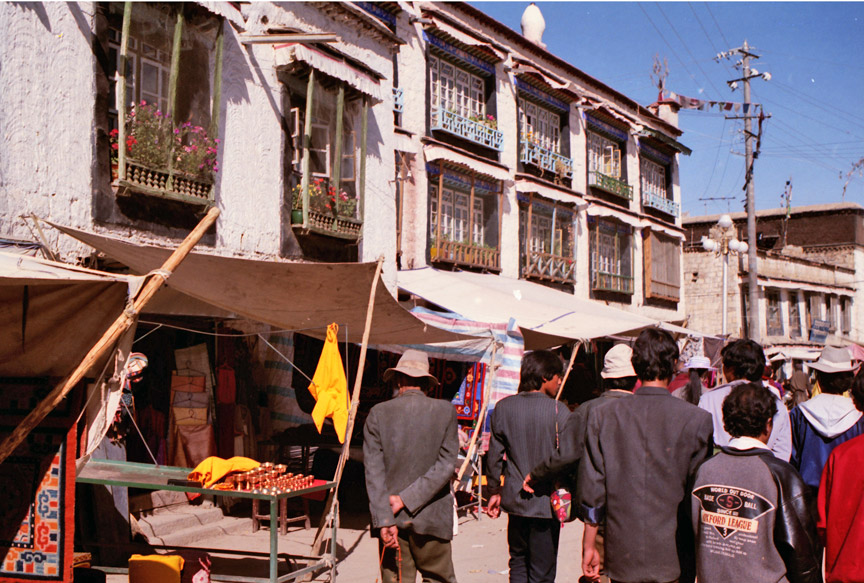
The city is part of a township-level prefecture, the Lhasa Prefecture consisting
of 7 small counties: Lhünzhub County, Damxung County, Nyêmo County, Qüxü County,
Doilungdêqên County, Dagzê County and Maizhokunggar County.
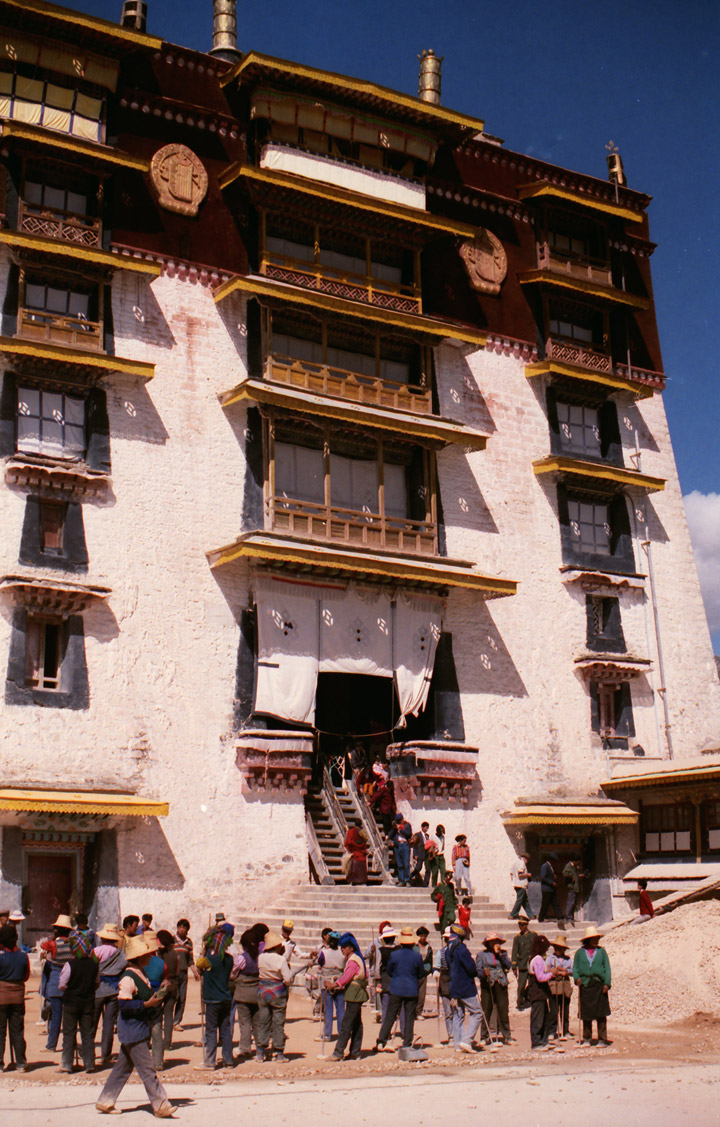
There is considerable debate over the geographical prominence of Lhasa in early
Tibetan history.

By the mid 7th century, Songtsän Gampo became the leader of the Tibetan Empire
that had risen to power in the Yarlung River Valley. In 641 A.D., Songtsän Gampo,
who by this time had conquered the whole Tibetan region, wedded Princess
Bhrikuti of Nepal and Princess Wen Cheng of the Imperial Tang court. Through
these marriages, he converted to Buddhism and proceeded to build the Ramoche and
Jokhang temples in Lhasa to house two Buddha statues brought to his court by the
two princesses, even as it was noted that Songtsän Gampo's empire was nomadic
and he held court in large movable resplendent tents.
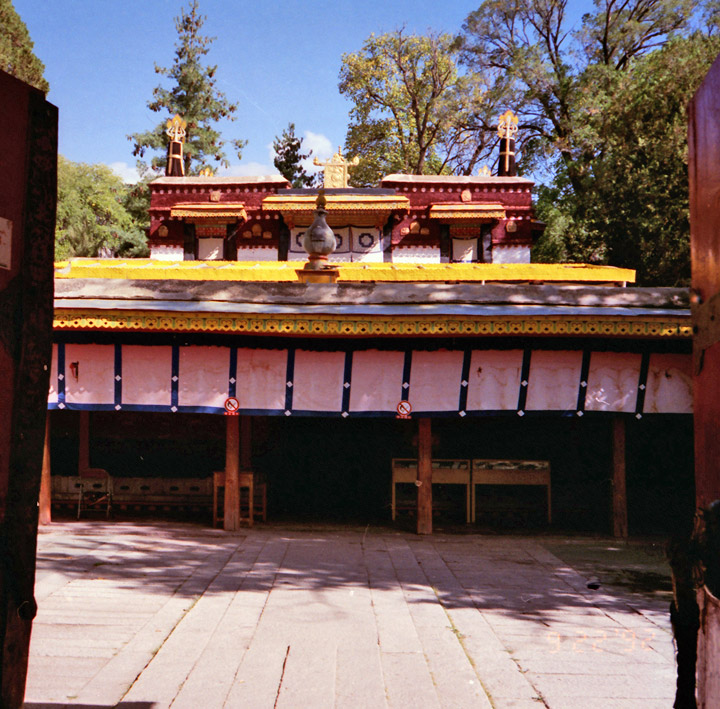
From the fall of the monarchy to the accession of the fifth Dalai Lama, the
centre of political power in the Tibetan region was not situated in Lhasa.
However, the importance of Lhasa as a religious site became increasingly
significant as the centuries progressed. It was known as the centre of Tibet
where Padmasambhava magically pinned down the earth demonness with the
foundation of the Jokhang Temple built over her heart.
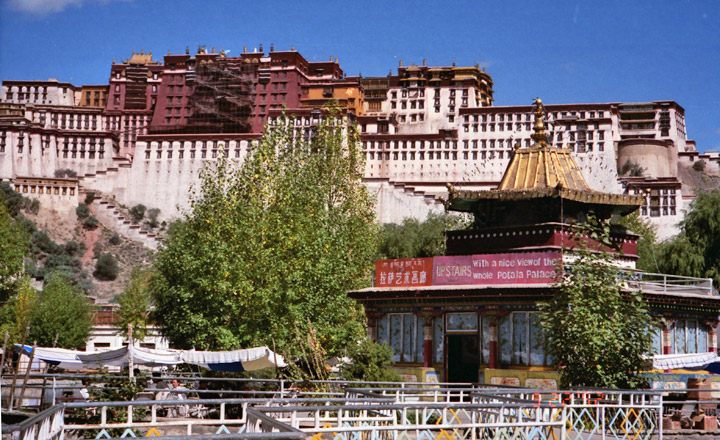
By the 15th century, the city of Lhasa had risen to prominence following the
founding of three large Gelugpa monasteries by Je Tsongkhapa and his disciples
in the 15th century. The three monasteries are Ganden, Sera, and Drepung
monasteries which were built as part of the puritanical Buddhist revival in
Tibet. The scholarly achievements and political knowhow of this sect eventually
pushed Lhasa once more to centre stage.
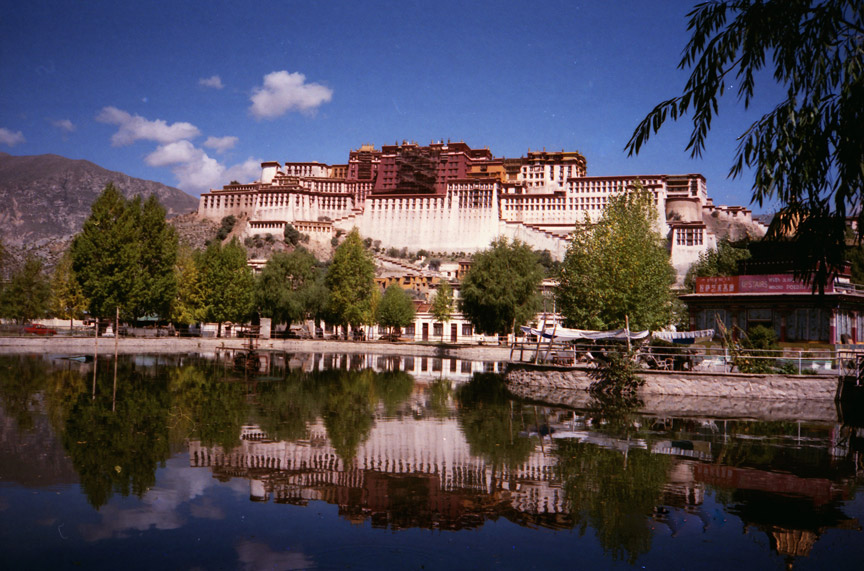
Potala Palace
The fifth Dalai Lama, Lobsang Gyatso (1617–1682), conquered Tibet and moved the centre of his administration to Lhasa, as the religious and political capital of Tibet. In 1645 the Potala Palace began reconstruction on Red Hill. In 1648, the Potrang Karpo (White Palace) of the Potala was completed, and the Potala was used as a winter palace by the Dalai Lama from that time. The Potrang Marpo (Red Palace) was added between 1690 and 1694. The name Potala is possibly derived from Mount Potalaka, the mythological abode of Bodhisattva Avalokiteśvara. The Jokhang Temple was also greatly expanded around this time. Although some wooden carvings and lintels of the Jokhang Temple date to the 7th century, the oldest of Lhasa's extant buildings, such as amidst the Potala Palace, the Jokhang and some of the monasteries and properties in the Old Quarter date to this second flowering in Lhasa's history.
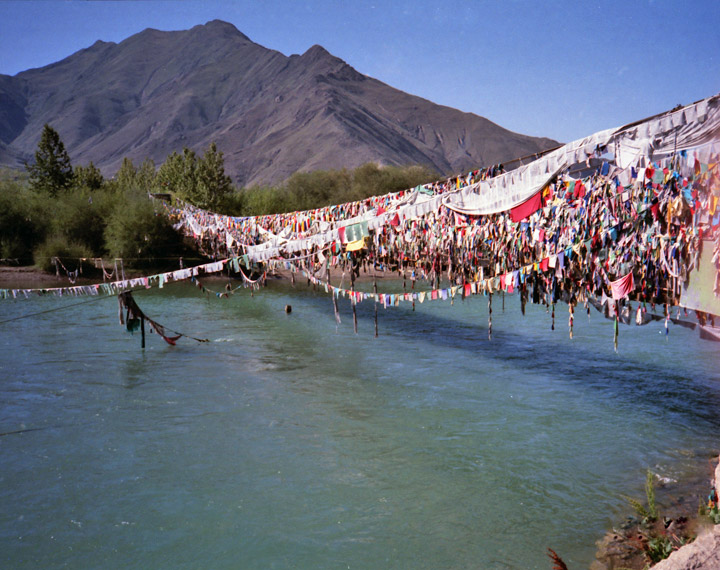
The 11th edition of Encyclopedia Britannica published between 1910–1911 noted
the total population of Lhasa, including the lamas in the city and vicinity is
about 30,000; a census in 1854 made the figure 42,000, but it is known to have
greatly decreased since. Britannica noted that within Lhasa, there were about a
total of 1,500 resident Tibetan laymen and about 5,500 Tibetan women. The
permanent population also includes Chinese families (about 2,000). The city's
residence also includes people from Nepal and Ladak (about 800), and a few from
Bhotan and Mongolia and other places. The Britannica noted with interest that
the Chinese have a crowded burial-ground at Lhasa, tended carefully after their
manner and the Nepalese supply the mechanics and metal-workers.
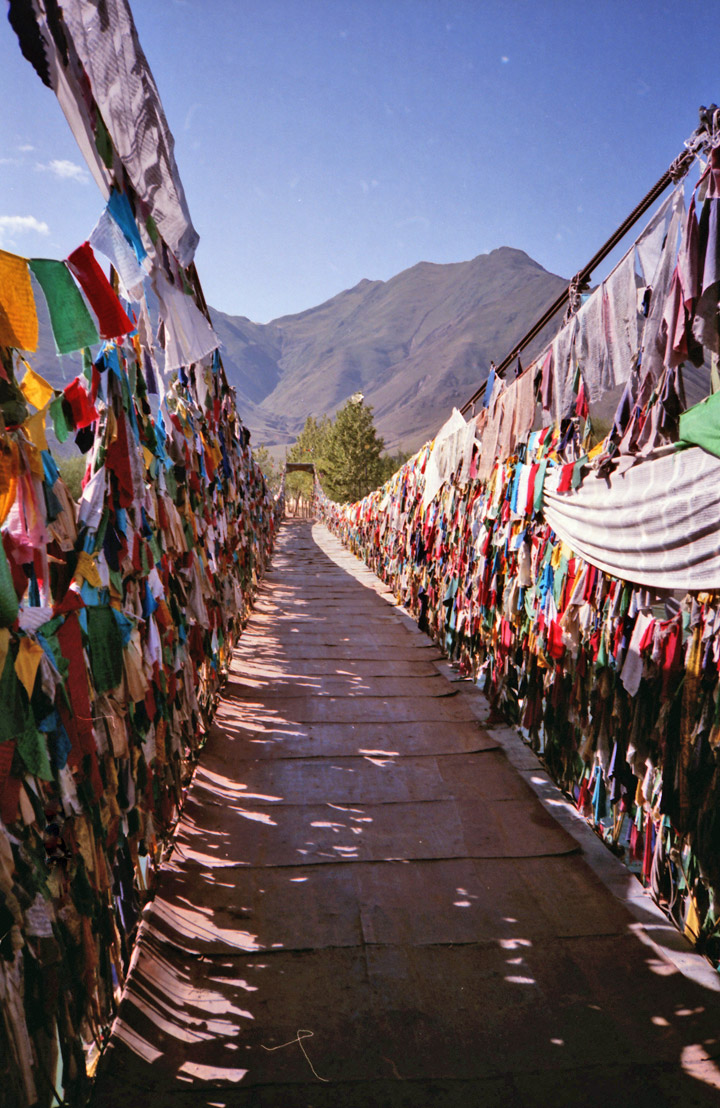
In the first half of the 20th century, several Western explorers made celebrated
journeys to the city, including Francis Younghusband, Alexandra David-Néel, and
Heinrich Harrer. Lhasa was the centre of Tibetan Buddhism, and nearly half of
its population were monks. The population of Lhasa was estimated at 25,000 in
1951, excluding some 15,000 monks in the area's monasteries, although with the
invasion of China many people fled from the city including the living 14th Dalai
Lama who fled from his residence in the Potala Palace into exile in India in
1959 after the Lhasa uprising.
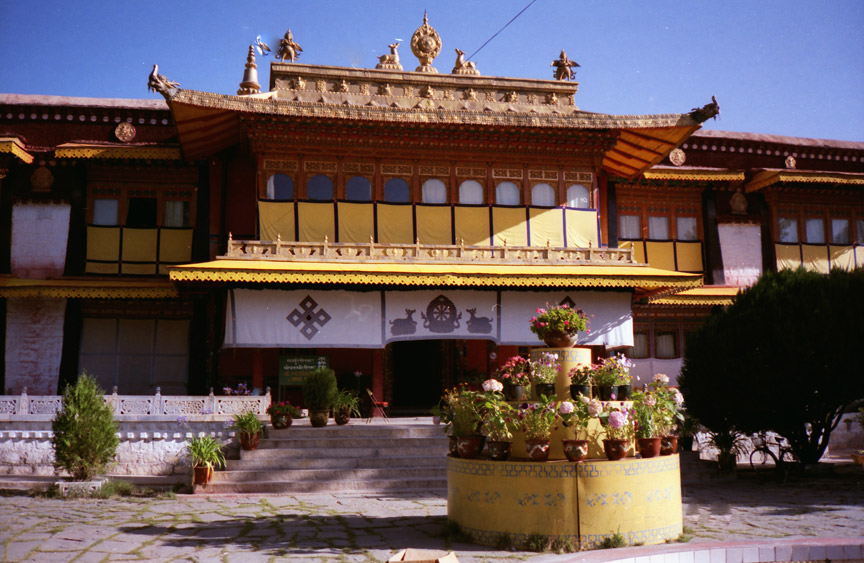
Lhasa between 1987–1989 had major demonstrations against the Chinese occupation
led by monks and nuns. As a result the Chinese imposed restrictions and
political re-education programs in the monasteries. Many had to go through these
"re-education sessions to align themselves with the Communist views and denounce
the Dalai Lama and Tibetan independence." Many monks who refused were sent to
prison, while others left the monasteries and many escaped into India to carry
on with their studies.
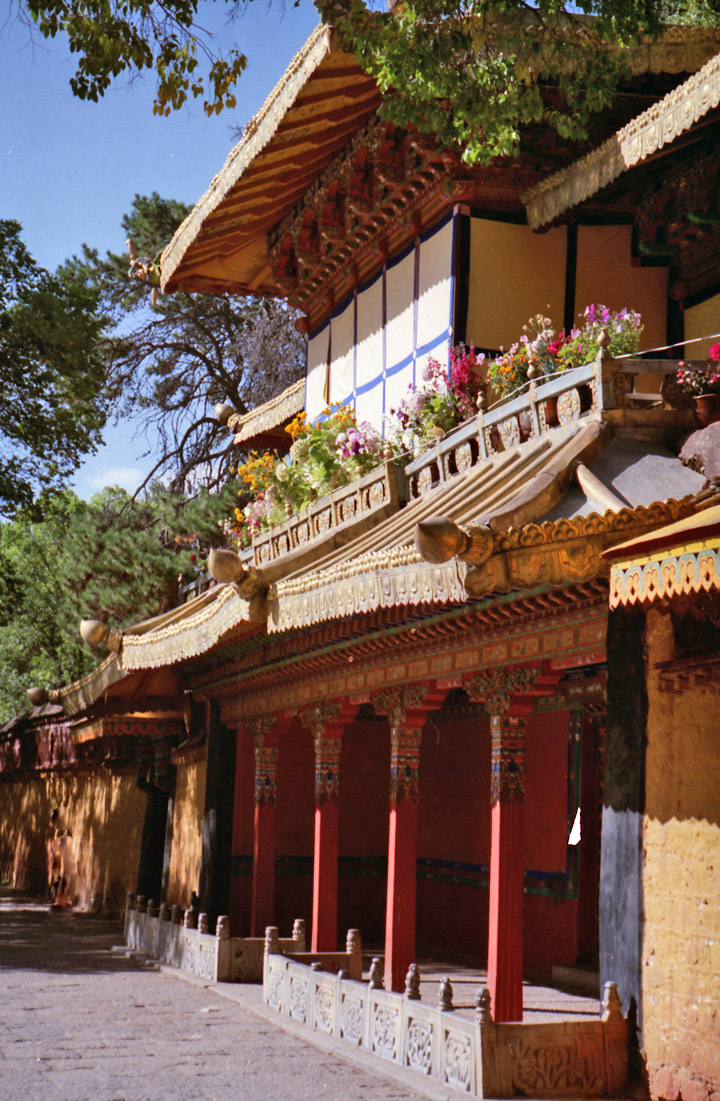
As of the early 2000s, the city's population stands at about 255,000.
Text from Wikipedia